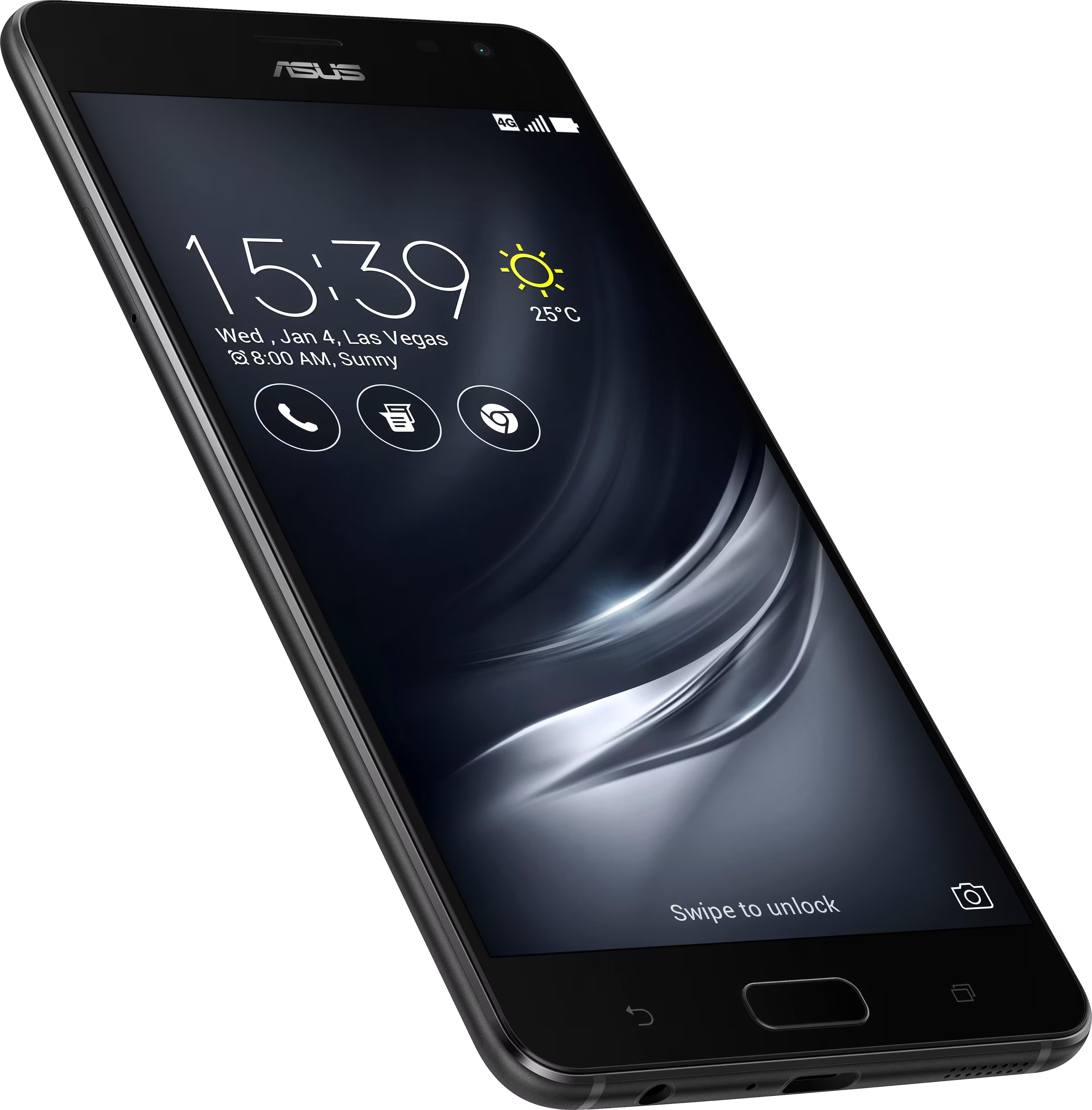
The Federal Lifeline Program has been a cornerstone of affordable connectivity for low-income households in the United States for nearly four decades. Established to ensure that vital phone and internet services remain accessible to everyone, Lifeline is constantly evolving to meet the ever-changing technological landscape.
The program originated in 1985, under the Reagan Administration, when the Federal Communications Commission (FCC) recognized that low-income families needed financial assistance to keep basic telephone service. Initially, Lifeline discounts covered landlines, but over the years, it expanded to include wireless and broadband internet services, reflecting the growing importance of digital communication in everyday life.
Lifeline recipients must recertify their eligibility once a year. Failing to complete this process can result in losing the monthly discount. The recertification typically involves confirming that your household’s income or participation in qualifying assistance programs still meets the program’s requirements.
Since its inception, Lifeline has helped millions of Americans stay connected to essential services—such as healthcare providers, employers, and educational resources—by making phone and internet bills more affordable. Here’s why that matters:
With broadband usage on the rise and remote services becoming the norm—from telehealth appointments to distance learning—the Lifeline Program is poised to remain a vital tool for closing the digital divide. Policymakers, telecom providers, and community organizations regularly collaborate to refine the program, aiming to maintain affordability while adapting to new communication technologies.
The Federal Lifeline Program is more than just a discount—it’s a lifeline for individuals and families striving to stay connected in an increasingly digital world. By blending its historic commitment to affordability with ongoing innovation, Lifeline continues to empower households across the nation.
